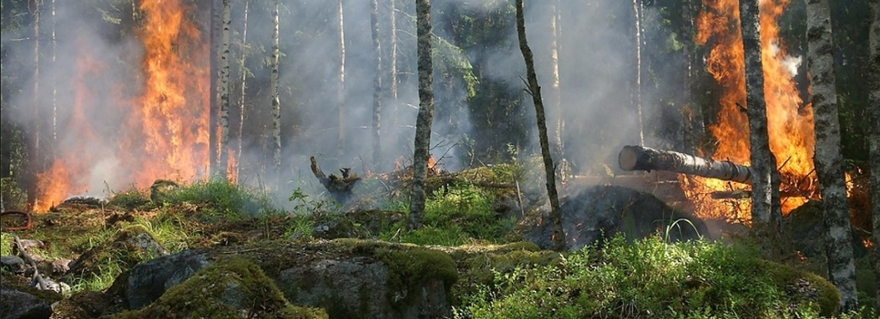
Early hunter-gatherers reshaped Europe’s ecosystems long before agriculture
In a new study published in PLOS One, Leiden archaeologist Anastasia Nikulina, together with an international team from France, Denmark, the United Kingdom and the Netherlands, challenges the long-held belief that early humans had minimal impact on their environment before the rise of farming.
Shaping vegetation patterns
In the groundbreaking study, it is revealed that humans began altering European landscapes as far back as the Late Pleistocene, thousands of years before agriculture emerged. Using advanced modelling techniques, the researchers have shown that both Neanderthals and Mesolithic hunter-gatherers played a significant role in shaping vegetation patterns across Europe.
‘For the first time, we’ve simulated how early hunter-gatherers might have shaped Europe’s landscapes,’ says Anastasia Nikulina. ‘Our approach is unique because our computational model integrates a newly available and exceptionally large set of datasets spanning thousands of years across the entire European continent. We also developed a completely new model, as there were no models before that could simultaneously account for anthropogenic and natural fires, hunting pressure on animals and the climatic impacts specifically in relation to Neanderthals and Mesolithic hunter-gatherers. Finally, by applying a unique optimisation technique from AI called genetic algorithm, we were able to explore thousands of scenarios and identify the most plausible ones.’
Discrepancies
The team tackled a longstanding puzzle in paleoecology: how much prehistoric vegetation change can be attributed to climate, wildfires, animal plant consumption and how much to human activity? To answer this, they first compared climate-based models of natural vegetation with pollen-based reconstructions from the Last Interglacial (~130,000–116,000 years ago) and Early Holocene (~11,700–8000 years ago) periods. The discrepancies between these datasets suggested that climate alone couldn’t explain the observed vegetation patterns.
To dig deeper, the researchers employed an upgraded version of the HUMLAND agent-based model, which simulates human-environment interactions. By integrating a genetic algorithm, they tested various scenarios to see which best matched the pollen data. The model accounted for different factors including vegetation burning by foragers and their hunting impacts on herbivore populations, which in turn influenced vegetation dynamics.
Active agents
Their findings were striking: natural factors like plant consumption by animals and climate fluctuations couldn’t fully explain the changes in vegetation. Instead, fires and specifically human-induced burning emerged as one of the key drivers of vegetation dynamics. Even in scenarios with minimal fire use by hunter-gatherers, hunting alone had indirect ecological effects by altering herbivore densities and grazing pressure.
Perhaps most surprisingly, the study found that Neanderthals and Mesolithic humans influenced similar sized areas around their campsites and shared comparable preferences for open landscapes. This suggests that pre-agricultural humans were not passive inhabitants of pristine wilderness, but active agents of ecological changes.
The research outcomes add a new layer to our understanding of early human history, showing that the roots of landscape transformation stretch far deeper into the past than previously thought.
